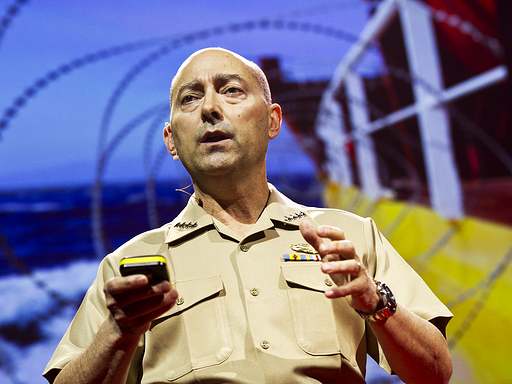Filmmaker Jen Brea gets a Sundance fellowship, Pamela Ronald makes the case for engineered rice, and more
Behold, your recap of TED-related news: A new Sundance grant helps indie films get seen. Making a film is hard enough — but getting the film seen by an audience can be just as difficult, especially in this era of non-stop media shifts. To help, Sundance just launched the Creative Distribution Fellowship — and among […]
Continue reading
